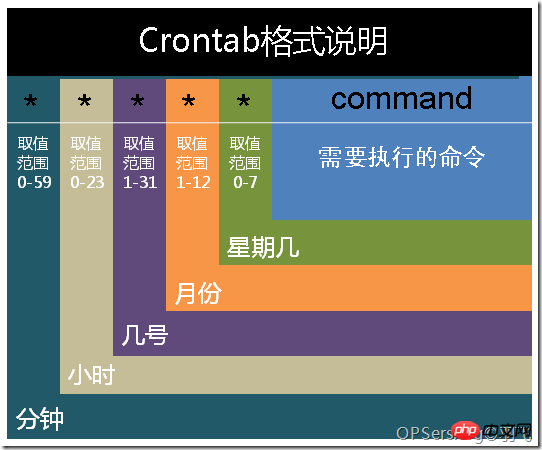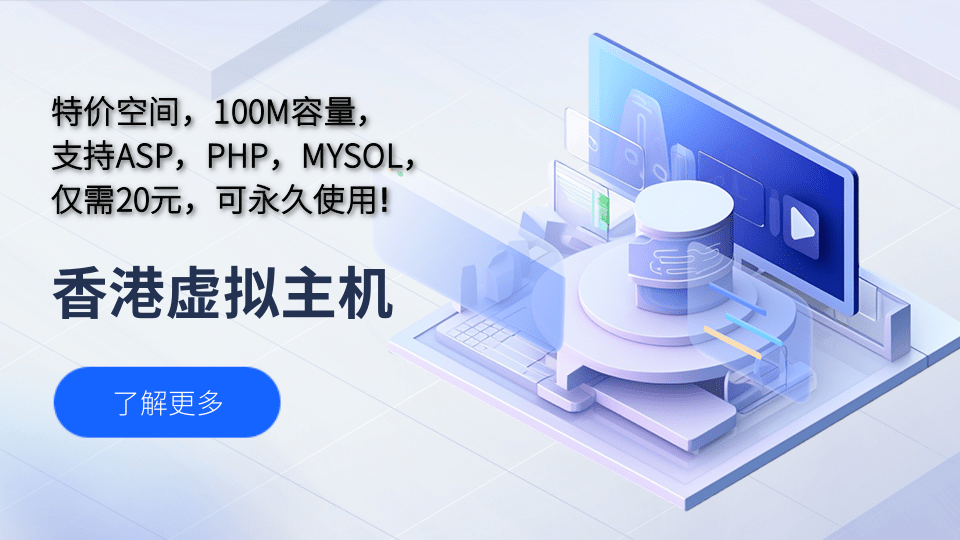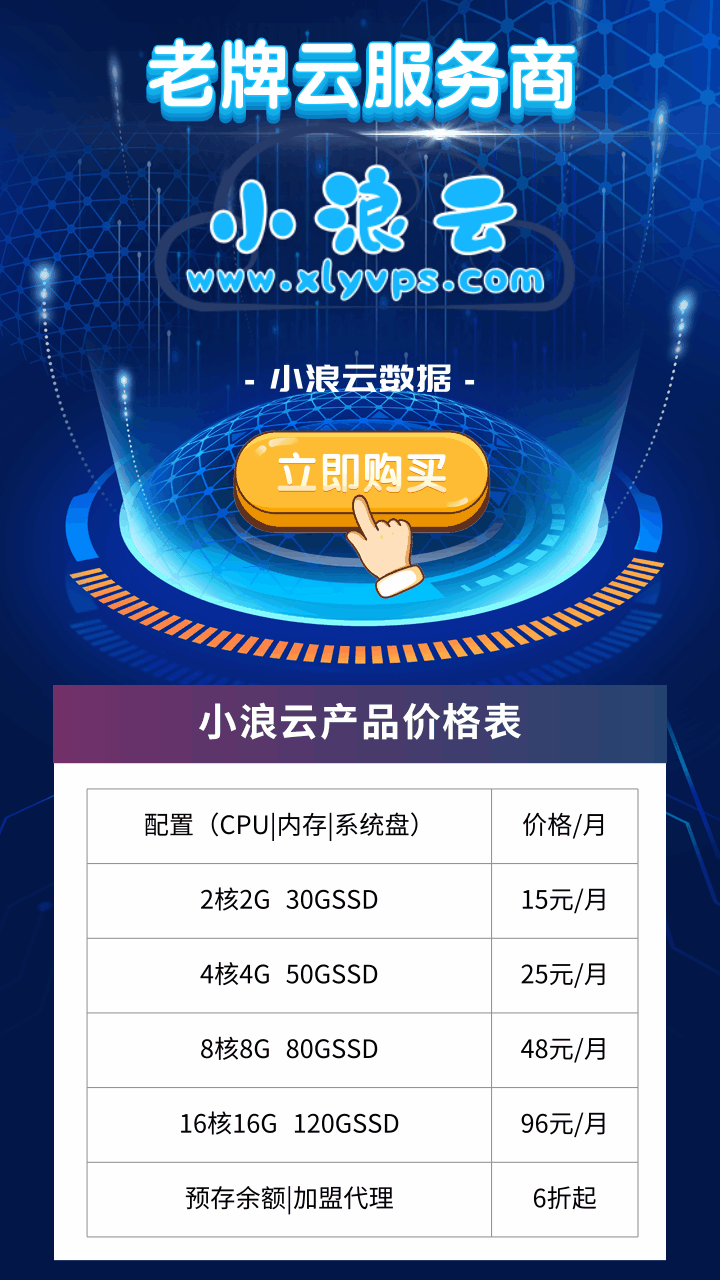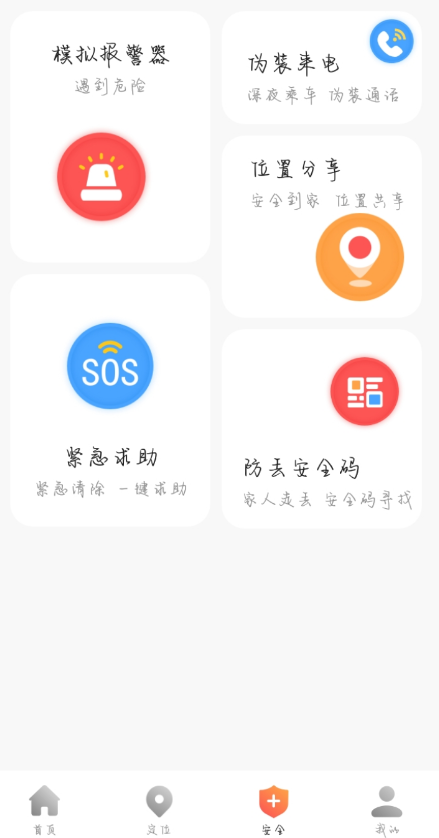本文将详细介绍如何使用python从mongodb数据库中读取数据,希望能为您提供有用的参考,帮助您在阅读后有所收获。
连接到MongoDB数据库
首先,您需要与MongoDB数据库建立连接。您可以借助pymongo库来实现这一步骤:
import pymongo <p>client = pymongo.MongoClient("mongodb://localhost:27017") db = client.my_database
查询和获取数据
立即学习“Python免费学习笔记(深入)”;
要从MongoDB中查询和获取数据,您可以使用find()方法:
documents = list(db.my_collection.find())
find()方法会返回一个游标,包含所有查询到的文档。您可以通过迭代游标或将其转换为列表来获取这些文档:
for document in documents: print(document)</p><h1>或者</h1><p>documents = list(db.my_collection.find())
指定查询条件
通过向find()方法传递一个字典,您可以指定查询条件:
query = {"name": "John"} documents = list(db.my_collection.find(query))
投影返回字段
如果您只想返回特定的字段,可以使用projection参数:
projection = {"_id": 0, "name": 1, "age": 1} documents = list(db.my_collection.find({}, projection))
排除字段
要排除某些字段,您可以使用exclude参数:
exclude = {"_id": 0} documents = list(db.my_collection.find({}, exclude))
分页
为了实现分页查询,可以使用skip()和limit()方法:
skip = 10 limit = 20 documents = list(db.my_collection.find().skip(skip).limit(limit))
排序
要对查询结果进行排序,可以使用sort()方法:
sort = [("name", pymongo.ASCENDING)] documents = list(db.my_collection.find().sort(sort))
高级聚合
MongoDB提供了高级聚合功能,允许您进行复杂的数据转换、分组和聚合操作。您可以使用aggregate()方法来执行聚合:
pipeline = [ {"$match": {"type": "product"}}, {"$group": {"_id": "$category", "total_sales": {"$sum": "$sales"}}} ] results = list(db.my_collection.aggregate(pipeline))
处理异常
在使用pymongo时,可能会遇到异常。您可以通过try和except语句来处理这些异常:
try: documents = list(db.my_collection.find()) except pymongo.errors.PyMongoError as e: print("发生错误: ", e)
以上就是有关如何使用Python从MongoDB中读取数据的详细内容。如果您想了解更多,请继续关注编程学习网的其他相关文章!
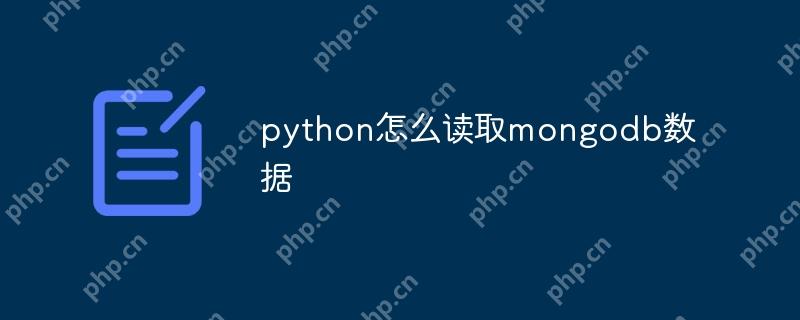
© 版权声明
文章版权归作者所有,未经允许请勿转载。
THE END
喜欢就支持一下吧
相关推荐









